Stanley Electrical Installation

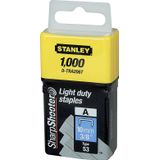
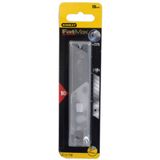

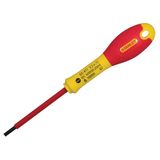

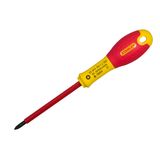

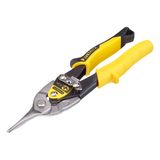
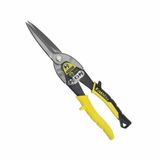
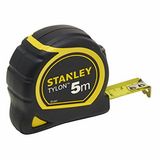



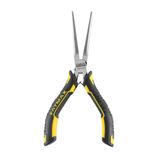
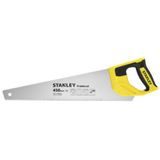

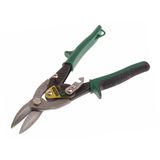
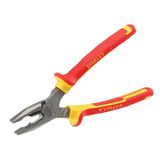
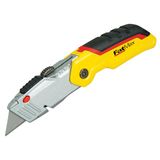

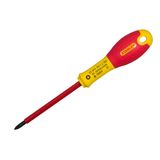
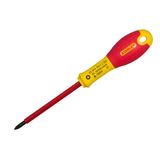


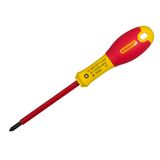
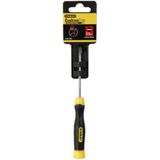
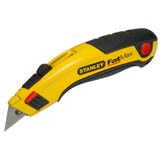


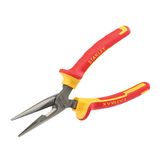
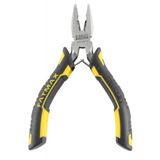
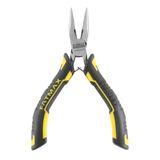


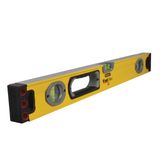

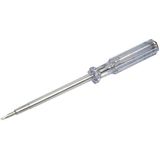
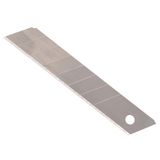
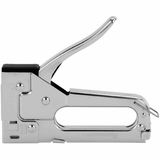
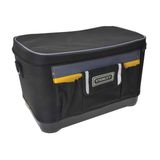
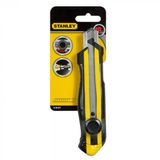

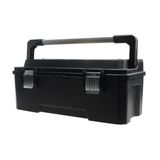
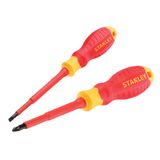
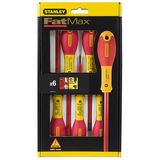
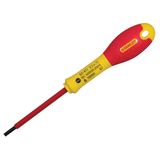
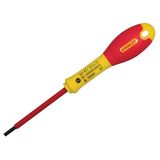




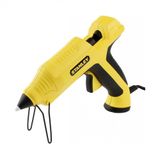
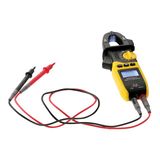
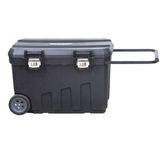
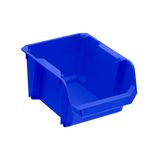
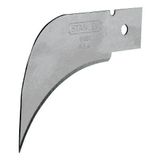
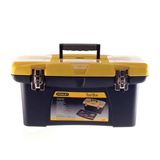
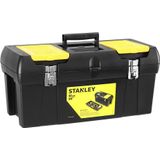
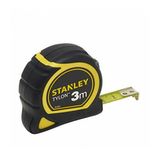
-
-
1
- 2
-
stanley installation materials portfolio
Stanley’s core catalog for site work is built around junction boxes and enclosures you can land straight from the carton: ABS/PC housings in 100×100 to 400×300 mm, outdoor polycarbonate bodies with clear or solid lids, and compact gel-membrane boxes for quick branch circuits. Typical ingress: IP54–IP67, impact IK07–IK10. Plastics meet glow-wire 650/750/850 °C depending on series; UV-stabilised options are marked for façades and rooftops. Most boxes ship pre-punched with M20/M25 bosses or elastic membranes so you’re not hunting step drills on the ladder.
stanley mounting systems inside and out
Inside the case, 35 mm rail kits (100–600 mm spans) and perforated plates match common contactor/relay footprints; deflection tables are published so heavy devices don’t sag the rail. For walls and poles, brackets arrive in galvanised steel or stainless with slot geometry that forgives rough masonry. Depth spacers let doors close square, even when conduit entries stack up. Door kits—hinges, quarter-turn locks, and tamper screws—share hole patterns across sizes, which makes mid-project swaps painless.
Series map engineers actually use
- Compact Junction (IP65/66): everyday spur boxes with elastic membranes—lighting rings, HVAC stats, small plant drops.
- Fire-resistant Line: circuit-integrity junctions with ceramic blocks for life-safety spines; rated to E30–E90 when installed per method.
- Outdoor GE-PC: UV-stable enclosures with labyrinth seals, drain/vent plugs, and stainless fixings—rooftops, canopies, marinas.
- Control TK/AK: ABS/PC cabinets for relays, timers, meters; clear lids available for viewing set-points without opening.
Every family has matched lids, rails/plates, lock/hinge sets, gland plates, and earthing kits, so one pick builds a complete node.
Cabling detail and terminal technology
Screw, spring-cage, and ceramic terminals cover 2.5…16 mm² with test ports and printed numbering. Multi-pole bridges speed looping; PE jumpers are colour-coded. Ceramic blocks hold clamp force during fire; elastomer membrane entries on standard boxes re-seal after re-entry so IP isn’t lost on day two. This is the layer specifiers usually mean when they write stanley wiring components on a riser schedule.
stanley conduit systems and cable entry choices
Metric glands (M16–M40) come in PA, nickel-plated brass, and full 360° EMC versions. IP66/67 is routine; IP68 long-thread bodies are available where flood wash-downs happen. Split frames and multi-entry plates take 2–20 leads for dense cabinets; gel inserts preserve IP on pre-terminated cords. Corrugated conduit adapters lock to EN 61386 tubing; reducers and step rings bridge legacy cut-outs without the grinder. Add pressure-equalising vents to big outdoor boxes so thermal cycling doesn’t “breathe” moisture through the threads.
Electrical behavior and compliance (kept practical)
Empty enclosures align with EN/IEC 62208; boxes to EN/IEC 60670-1/-22; luminaires/controls inside follow EN/IEC 60598-1 practice. Impact per IEC 62262 (IK), ingress per IEC 60529 (IP). Plastics are documented to UL 94 V-2/V-0 and glow-wire IEC 60695-2-11/-12. Where EMC matters, 360° braid clamps at the entry plate give a low-impedance bond.
Applications by room and task
Corridors and lighting rings: membrane-entry junctions—fast spur work, no tapping. Life-safety loops: fire-resistant series with ceramic terminals and red lids—easy to identify for audits. Rooftops and plant rooms: UV-stable outdoor bodies, drain/vent plugs, brass or EMC glands. Compact control points: TK/AK cases with 35 mm rail and viewing windows for meters and timers. If your spec shorthands the electrical layer as stanley electrical installation, keep power and control in segregated routes (or separate boxes) so maintenance stays clean and EMC predictable.
Accessories you actually use on site
Label frames and printable sleeves, earthing bars, reducer bushes, stepped grommets, end-stops, and jumper combs. Include cord-grips and strain-relief elements sized to jacket OD—pull-out values ≥60 N are the norm on pendant drops. Order a small drawer of spare gaskets and lids; those are the first casualties after ceiling trades move through. These bits ship under stanley installation accessories, so you can kit per room and avoid second-round picks.
Selection checklist for planners
- Series/IP/IK: choose junction vs outdoor vs fire-resistant, then ingress/impact for the room class.
- Entry method: membranes for speed; threaded bosses for gland discipline; EMC gland where screens land.
- Terminals: cross-section (2.5…16 mm²), temperature class (standard vs ceramic), loop/bridge need.
- Mounting: rail vs plate; hinge/lock sets; wall/pole brackets if exposed.
- Environment: UV load, wash-down, condensation—add vents/drains accordingly.
- Documentation: lid labels, torque charts, spare gaskets; QR tags help service teams.
stanley installation hardware for fast kitting
Quote each node by series/size, lid type (clear/opaque), IP/IK, entry system (membrane/threaded/multi-plate), terminal kit, and mounting set. For long outdoor drops, specify gland thread + seal material + clamping range on the same line—IP claims live or die on ferrule sizing. If the page groups rails, brackets, and fasteners under stanley installation hardware, keep finish (galv/stainless) aligned to the enclosure so corrosion and colour match.